Fast food is no longer affordable for low-income Americans
Cheap meals are getting farther out of reach
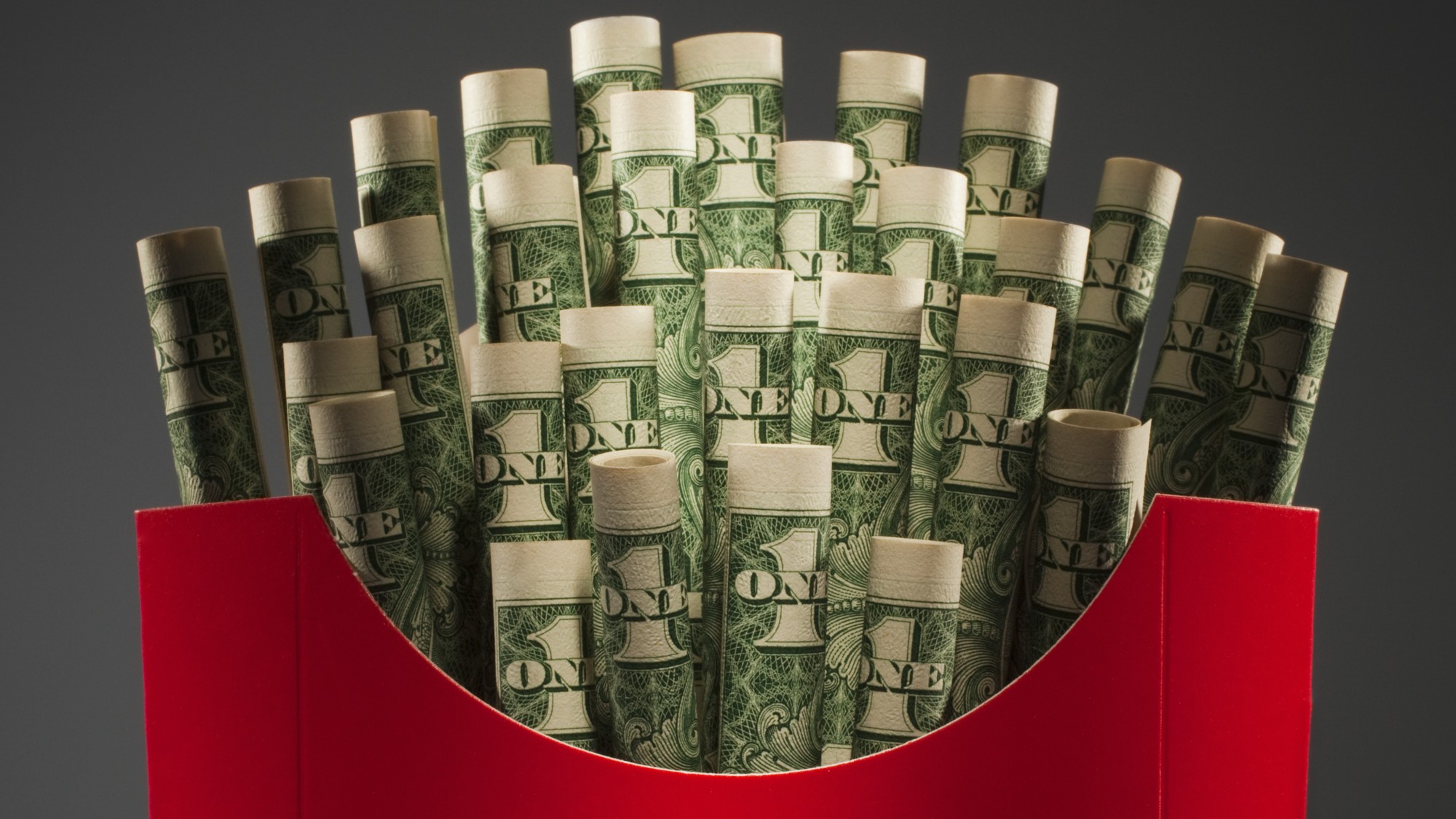

McDonald’s golden arches might as well be made of real gold and Burger King’s burgers may be reserved for kings. Fast food was once a cheap and accessible source of food, but now many lower-income Americans are being priced out of the restaurants. This is largely attributed to higher prices coupled with the high cost of living. At the same time, the gap between the wealthy and the poor is widening, making upward mobility difficult.
Why is fast food more expensive?
Across the country, prices are rising across the board, including at fast food restaurants. “Higher costs of restaurant essentials, such as beef and salaries, have pushed food prices up and driven away lower-income customers,” said the Los Angeles Times. The average price of a menu item at McDonald’s increased by approximately 40% between 2019 and 2024, according to a company fact sheet.
At the same time, consumer income is not keeping up with the cost of living. “You are seeing across the country that rents are at pretty high levels. You are seeing food prices are high, whether it’s in restaurants or grocery. You are seeing child care is high,” said McDonald’s CEO Chris Kempczinski to investors. “There’s some significant inflation there that the low-income consumer is having to absorb.”
The Week
Escape your echo chamber. Get the facts behind the news, plus analysis from multiple perspectives.

Sign up for The Week's Free Newsletters
From our morning news briefing to a weekly Good News Newsletter, get the best of The Week delivered directly to your inbox.
From our morning news briefing to a weekly Good News Newsletter, get the best of The Week delivered directly to your inbox.
McDonald’s is not the only chain seeing fewer customers. Chipotle, Burger King and Wendy’s have also reported fewer lower-income patrons. So some restaurants have attempted to create value menus with cheaper items to bring back clientele.
President Donald Trump attended McDonald’s Impact Summit on Nov. 17 and praised McDonald’s for “recommitting to affordable options.” He also claimed that the Biden administration “started the affordability crisis” and that his administration is “ending it.” However, the Trump administration has played a significant role in making fast food more expensive. “Price hikes, in part due to the Trump administration’s tariffs, disproportionately affect lower-income Americans since they spend more of their incomes on goods than services, which are not directly impacted by levies,” said The Independent.
What are the economic outcomes?
Economic strain is not all equal. Over time, the U.S. economy has been turning more K-shaped. This means that the “high-earner cohort” is “doing better and better while others fall further down the economic ladder,” said NBC News. This has particularly affected those ages 25 to 30. This group is “facing several headwinds, including unemployment, increased student loan repayment and slower real wage growth,” said Chipotle CEO Scott Boatwright to NBC News. As a result, those who are not rich are opting to budget and eat at home. On the flip side, the global luxury conglomerate that includes brands like Christian Dior and Tiffany & Co. had a “better-than-expected quarter, sending its stock 12% higher,” said USA Today.
Affordability continues to be a major policy issue for Americans, and “discontent will continue to increase so long as they perceive affordability as an issue, even if economic indicators improve,” said Fortune. This will “not only keep lower-income Americans from spending but could also lead some to harbor anger that could drive workplace resentment.” That is to say, confidence in today’s economy is deep-fried.
A free daily email with the biggest news stories of the day – and the best features from TheWeek.com
Devika Rao has worked as a staff writer at The Week since 2022, covering science, the environment, climate and business. She previously worked as a policy associate for a nonprofit organization advocating for environmental action from a business perspective.
-
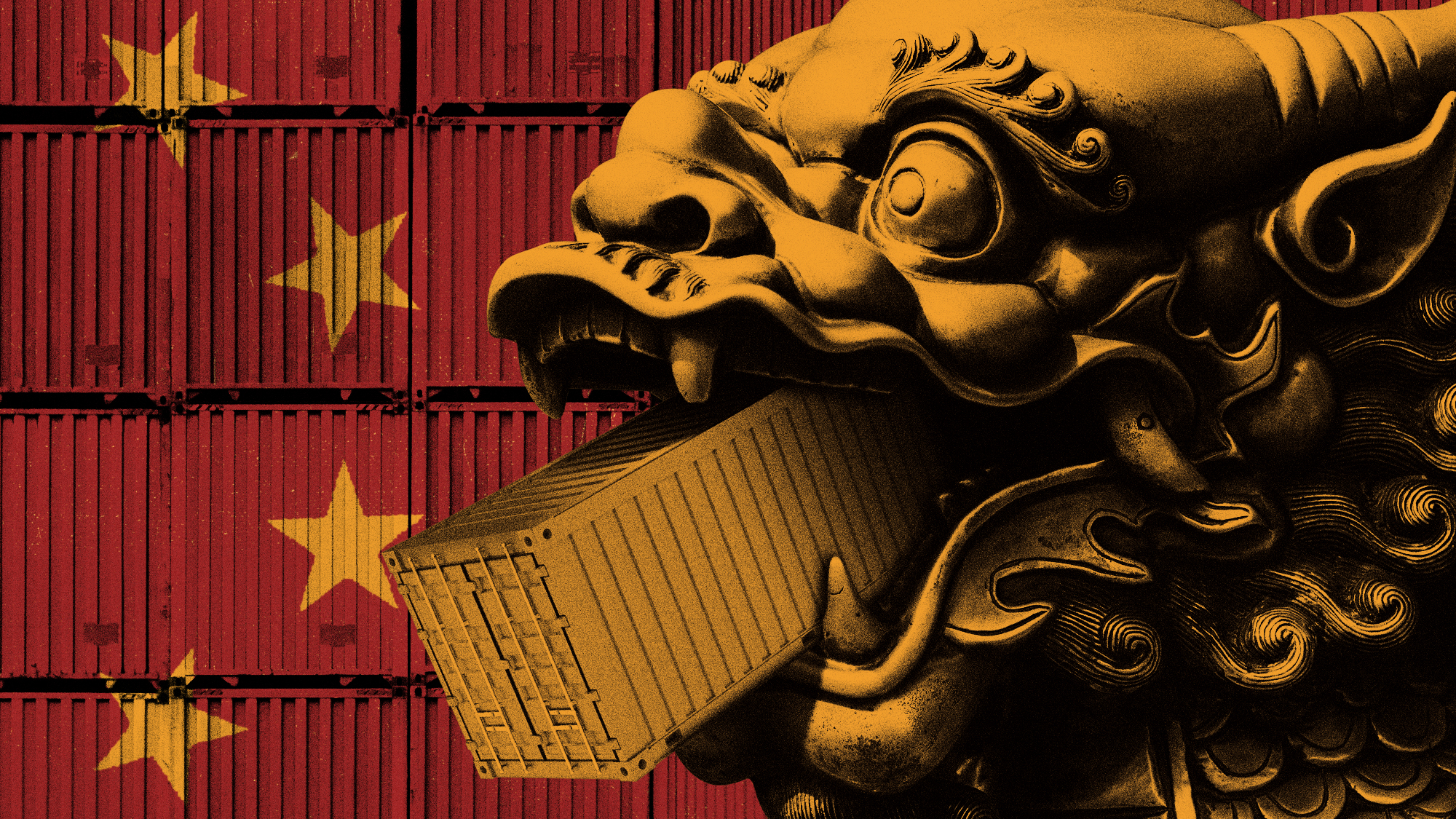 How will China’s $1 trillion trade surplus change the world economy?
How will China’s $1 trillion trade surplus change the world economy?Today’s Big Question Europe may impose its own tariffs
-
 ‘Autarky and nostalgia aren’t cure-alls’
‘Autarky and nostalgia aren’t cure-alls’Instant Opinion Opinion, comment and editorials of the day
-
 Japan’s Princess Aiko is a national star. Her fans want even more.
Japan’s Princess Aiko is a national star. Her fans want even more.IN THE SPOTLIGHT Fresh off her first solo state visit to Laos, Princess Aiko has become the face of a Japanese royal family facing 21st-century obsolescence
-
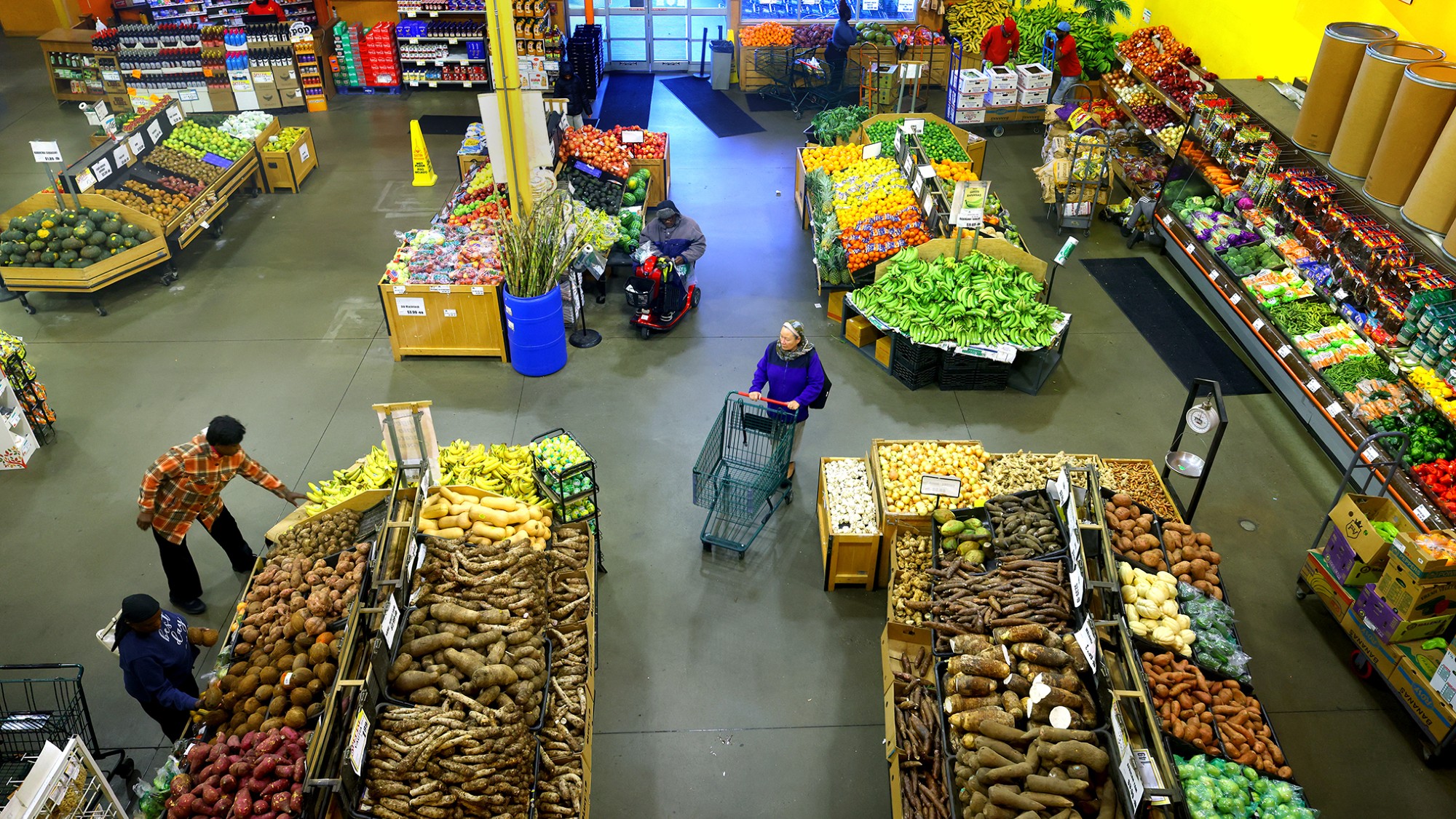 Is $140,000 the real poverty line?
Is $140,000 the real poverty line?Feature Financial hardship is wearing Americans down, and the break-even point for many families keeps rising
-
 Employees are branching out rather than moving up with career minimalism
Employees are branching out rather than moving up with career minimalismThe explainer From career ladder to lily pad
-
 Out of office: Microretirement is trending in the workplace
Out of office: Microretirement is trending in the workplaceThe explainer Long vacations are the new way to beat burnout
-
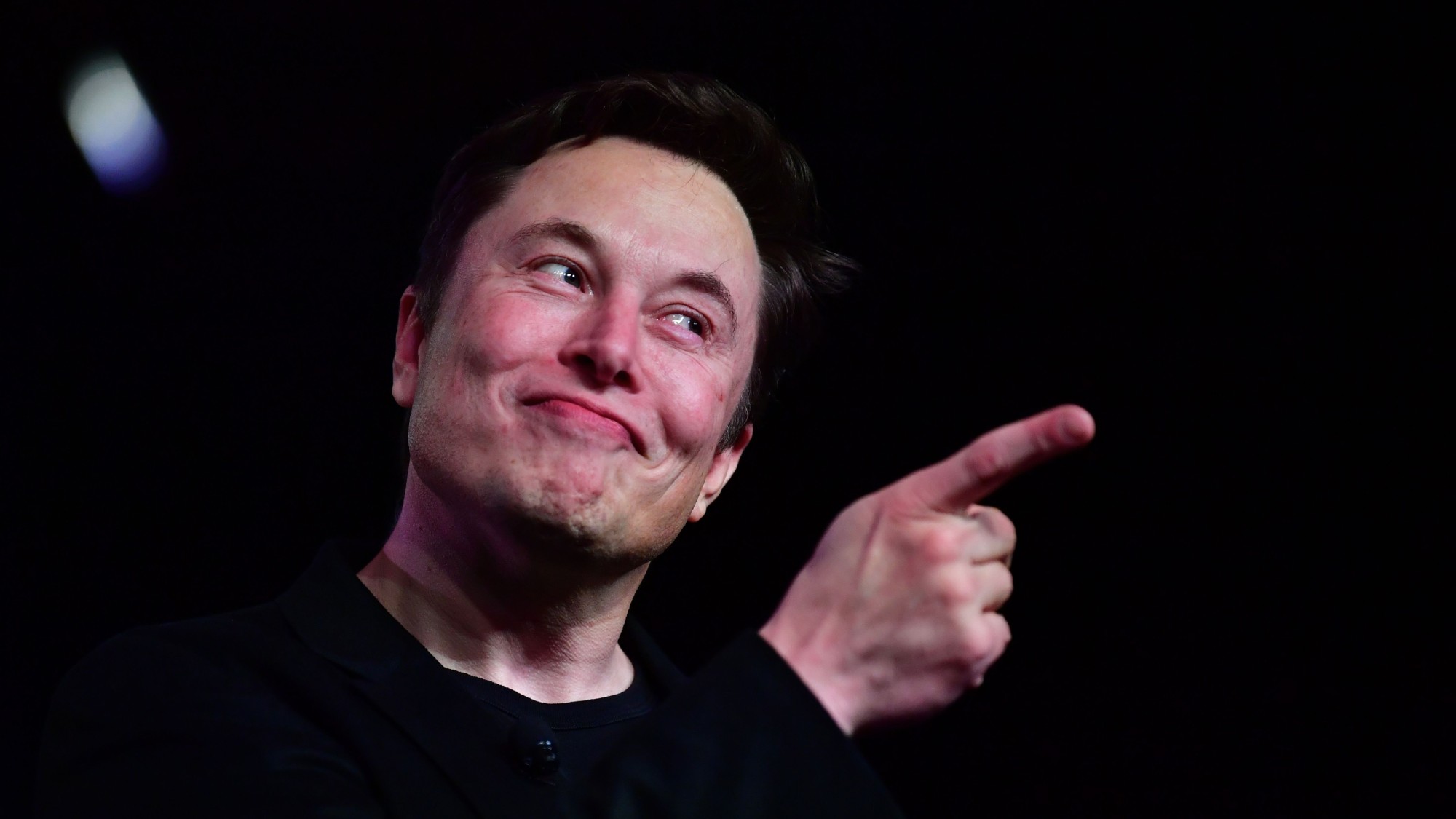 How Tesla can make Elon Musk the world’s first trillionaire
How Tesla can make Elon Musk the world’s first trillionaireIn The Spotlight The package agreed by the Tesla board outlines several key milestones over a 10-year period
-
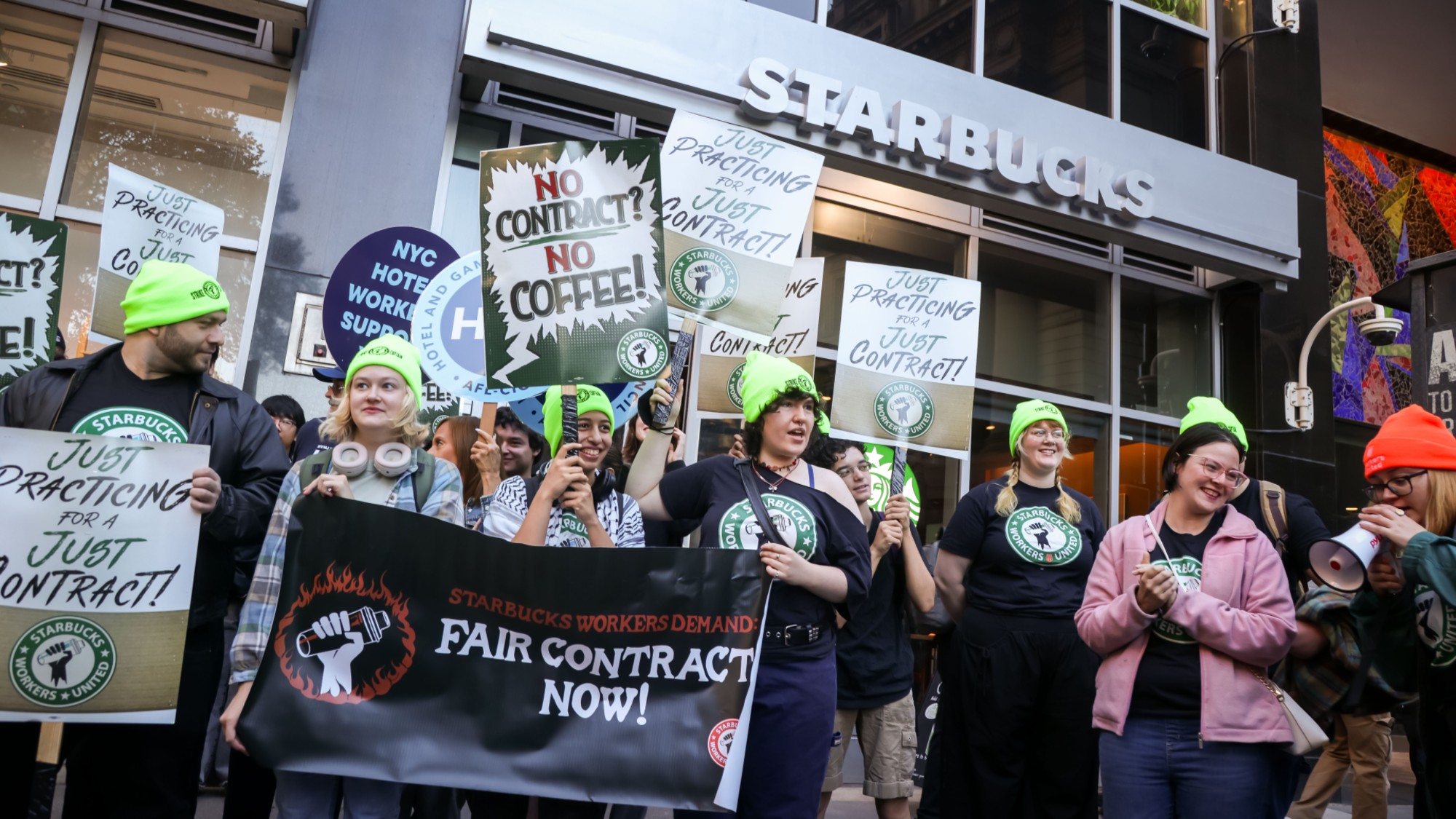 Starbucks workers are planning their ‘biggest strike’ ever
Starbucks workers are planning their ‘biggest strike’ everThe Explainer The union said 92% of its members voted to strike
-
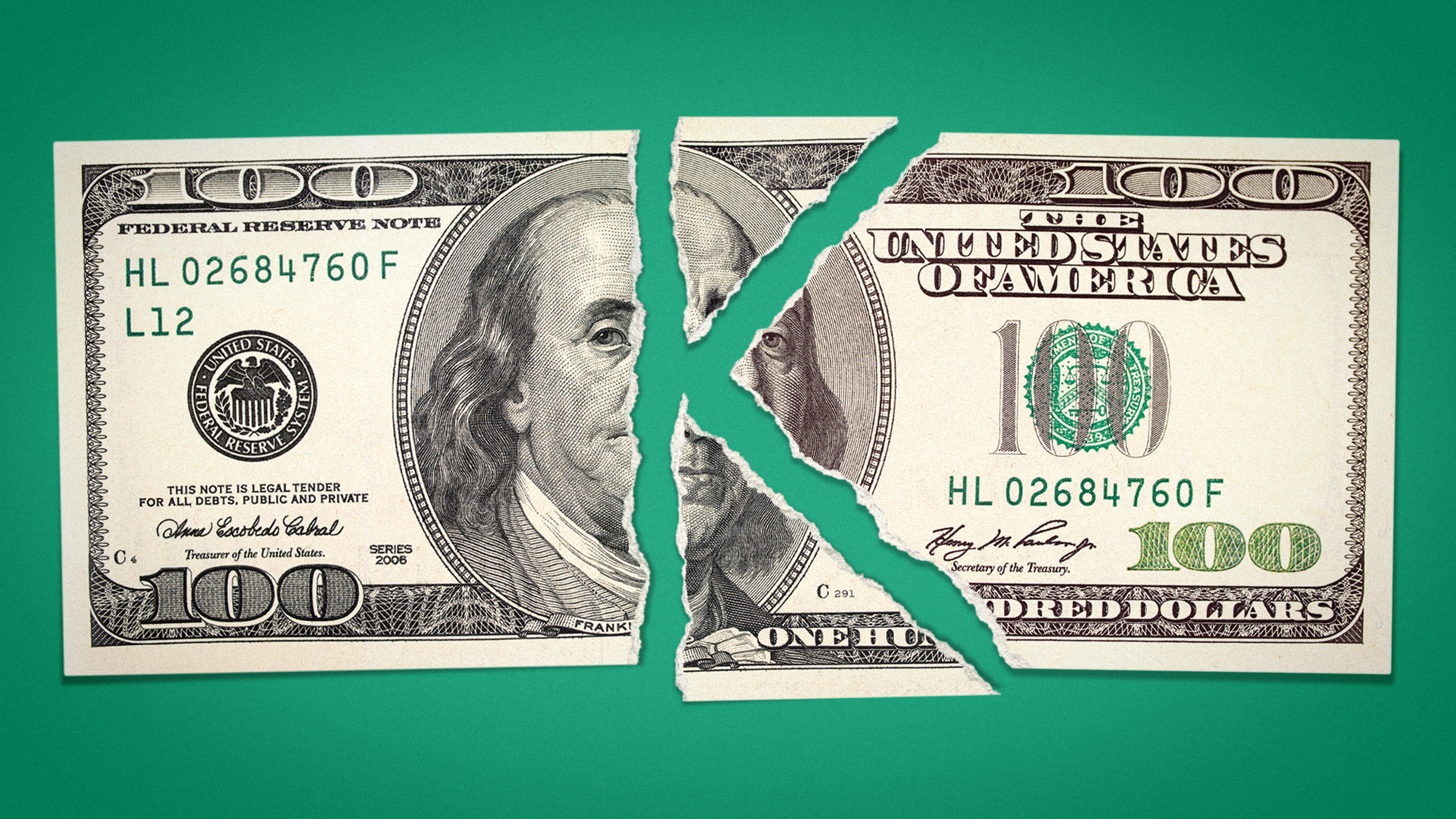 Why has America’s economy gone K-shaped?
Why has America’s economy gone K-shaped?Today's Big Question The rich are doing well. Everybody else is scrimping.
-
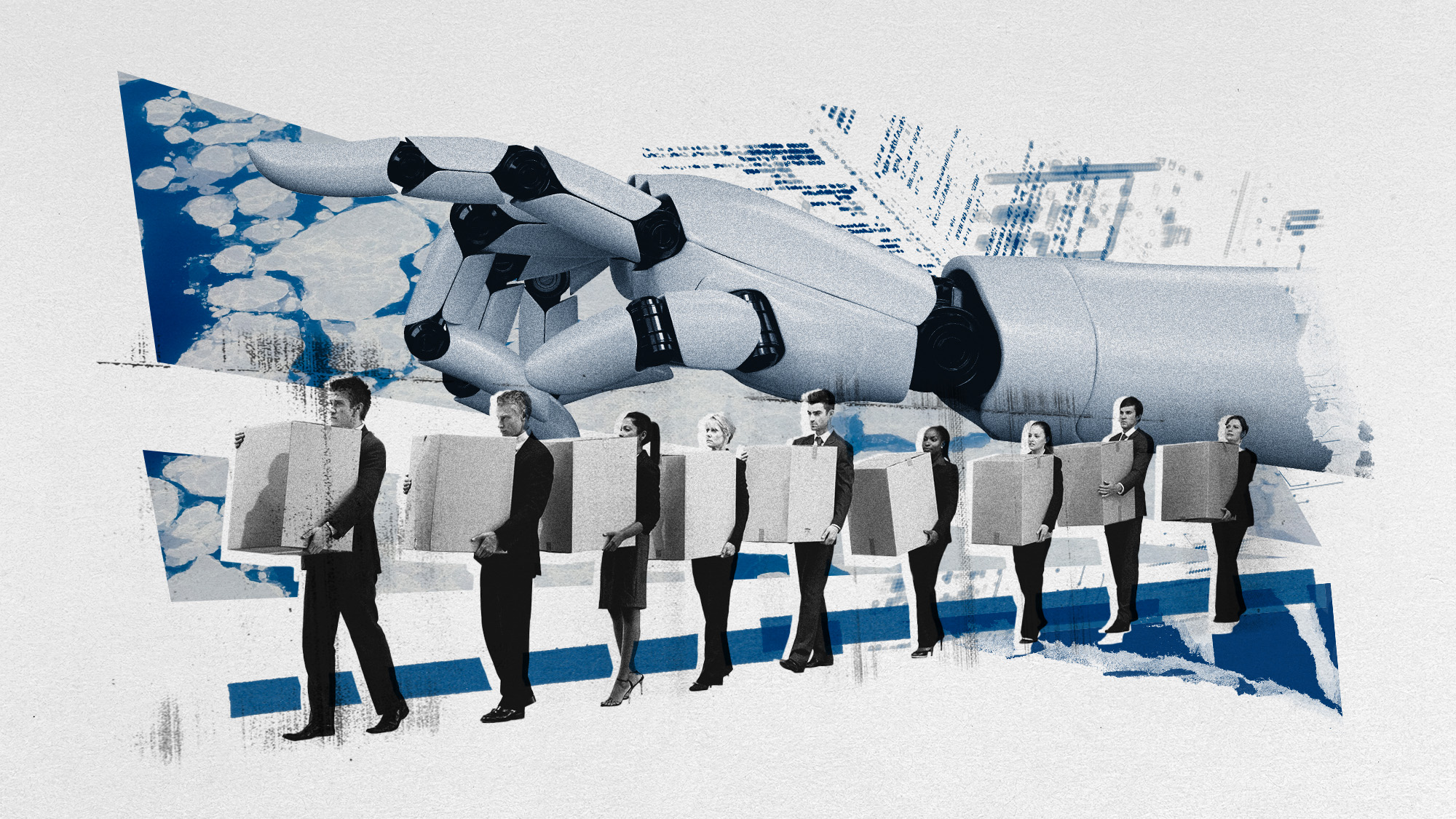 Is the job market frozen or faltering?
Is the job market frozen or faltering?Today's Big Question Layoffs raise alarms while young workers eye law school
-
 Argentinian beef is at the center of American farmers’ woes
Argentinian beef is at the center of American farmers’ woesThe Explainer ‘It feels like a slap in the face to rural America,’ said one farmer
